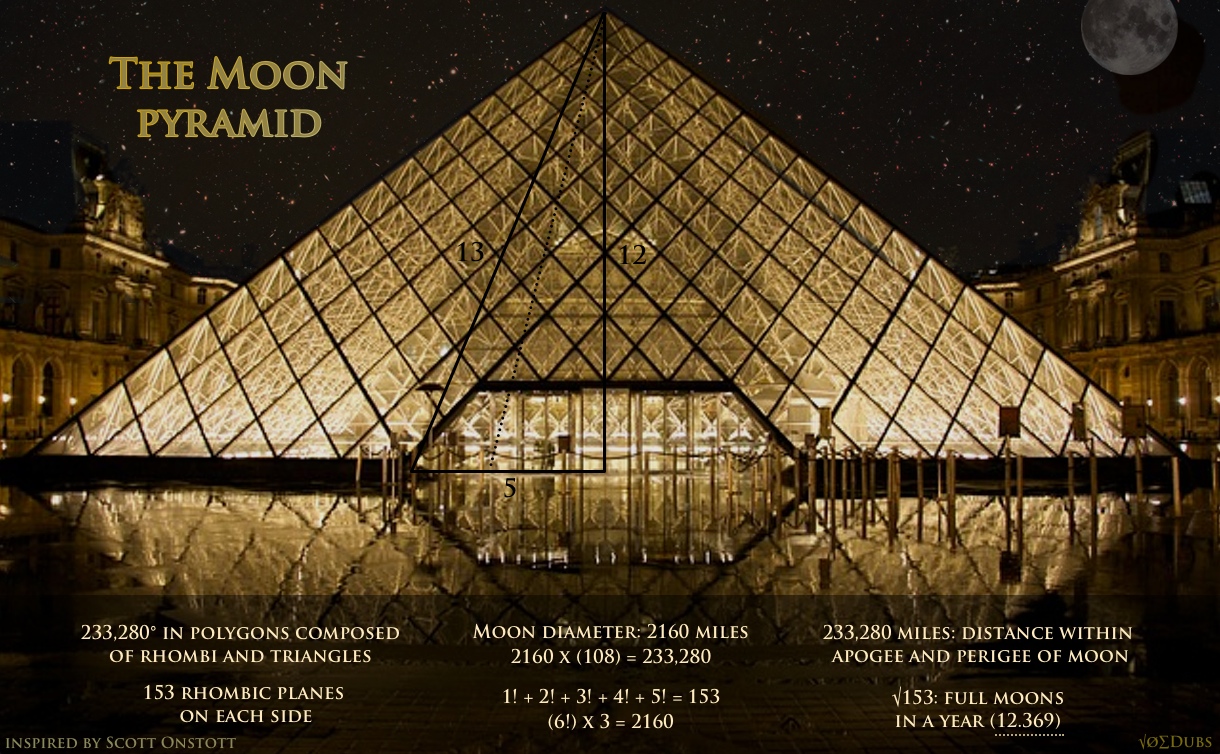Cosmic Proportions

The physical sizes of Earth and Moon are encoded into the proportions and measurements we commonly use in our daily lives. From Renaissance artists to 21st century school teachers, we all use these cosmic proportions. Very few are cognizant of their underlying meaning. If our Moon sat directly tangent to Earth, these are the proportions that arise. The circumference of the circle is equal to the perimeter of the square to 99.97% accuracy according to NASA’s own data. The Great Pyramid’s dimensions can be broken down to 7 high, and 11 across. The perimeter of the base equals the circumference of a circle whose radius is equal to the height of the pyramid. The Moon and Earth can be summed up amazingly well using the numbers 3 and 11. Maybe that punk rock band understood these sacred geometrical concepts and hid it in their name.

